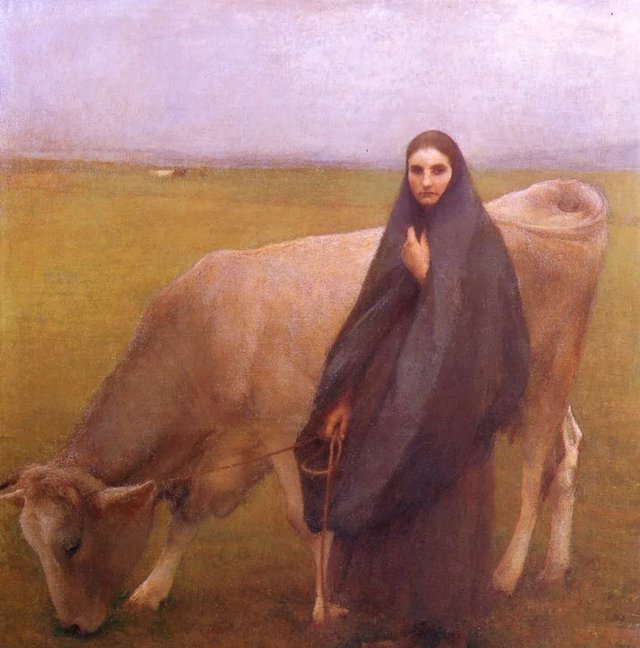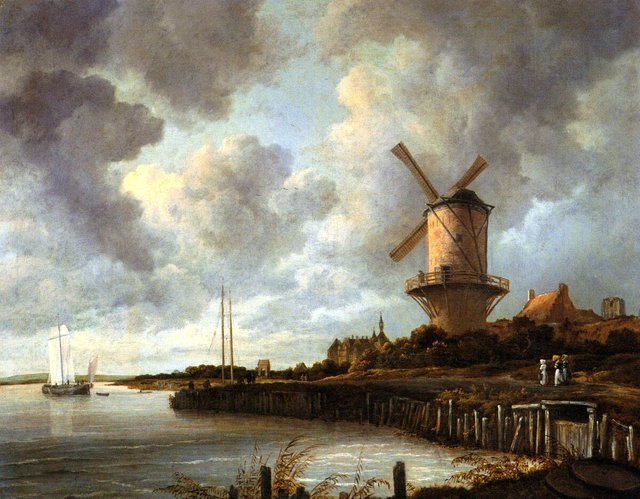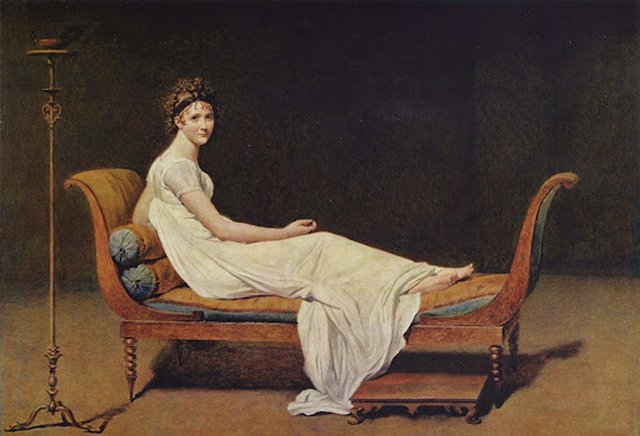Oil Painting Tools & Materials: Pro Secrets (What Pros Use vs. Beginners—You Need This List)

Every great Oil painting starts with the right tools. Whether you’re a beginner daubing your first strokes or a pro chasing perfection, the materials you choose shape your work—from texture to longevity. At theArtPaint, we’ve consulted master Artists and tested dozens of supplies to break down the essentials: what they do, why they matter, and which ones deserve a spot in your studio.
Brushes: The Artist’s “Hands”
Brushes are your most intimate tool—their shape and material dictate how paint hits the canvas. Here’s what pros use:
Round Brushes: Tapered tips (size 000 to 20) for details—think facial features or thin lines. Sable hair (soft) is ideal for smooth blends, while synthetic sable works for beginners (cheaper, durable).
Flat Brushes: Square edges (size ½ inch to 4 inches) for broad strokes—backgrounds or large shapes. Hog bristle (stiff) holds thick paint, perfect for impasto.
Filbert Brushes: Rounded flats (size 2 to 12) bridge detail and width—great for petals or curves. A mix of hog and sable (called “mixed bristle”) offers versatility.
Pro tip: Never leave brushes soaking in water—reshape them and lay flat to dry. Replace frayed brushes; a bad brush can ruin a stroke.
Pigments: Color with Purpose
Oil paints aren’t just “colors”—their quality (pigment concentration, binder) defines vibrancy and durability.
Artist-Grade vs. Student-Grade: Artist-grade has more pure pigment (e.g., cadmium red vs. “hue” substitutes) and richer color. Student-grade uses fillers, making them cheaper but less intense. For portraits or focal points, splurge on artist-grade; save student-grade for backgrounds.
Key Pigments to Own: Start with a “primary set”: titanium white (opaque), cadmium yellow (bright), alizarin crimson (deep red), ultramarine blue (rich), and burnt sienna (warm brown). These mix into hundreds of shades.
Storage: Keep tubes tightly closed, upright, and away from heat. Old paint (crusty or separated) won’t blend well—toss it.
Canvases: The Foundation
A canvas isn’t just a surface—it’s the “skin” of your painting.
Linen vs. Cotton: Linen (made from flax) is strong, textured, and ages well—pros swear by it for long-term pieces. Cotton is affordable, smooth, and great for practice or detailed work.
Pre-Primed vs. Unprimed: Primed canvases (coated with gesso) are ready to use—gesso seals the fabric, preventing paint from soaking in. Unprimed canvases require 2–3 coats of gesso (let dry between layers) for best results.
Sizes: Beginners start with 8x10in or 11x14in (easy to handle). Pros often stretch their own large canvases (16x20in+) for custom projects.
Mediums & Solvents: Control the Paint
Mediums thin, thicken, or speed up drying—they’re the “secret sauce” for texture.
Linseed Oil: Thins paint and slows drying, perfect for glazing (layered, transparent strokes). Use sparingly—too much makes paint yellow over time.
Turpentine: A solvent that thins paint and cleans brushes. Smells strong—work in a ventilated area. Odorless mineral spirits are a gentler alternative.
Impasto Medium: Mix with paint to thicken it, creating bold, textured strokes (like Van Gogh). Look for brands with beeswax for added body.
Extras: Tools Pros Never Skip
Palette Knives: Stiff metal blades (round or flat) mix paint smoothly and apply thick, sculptural strokes. A 2-inch flat knife is a must for blending.
Palette: Glass or porcelain palettes are easy to clean (scrape paint off with a knife). Disposable paper palettes work for messy sessions.
Easel: A sturdy easel (wooden for stability, metal for portability) keeps your canvas at eye level—no more hunched backs.
Gesso: White or clear primer that preps canvases, wood panels, or even paper. Apply thin coats; thick gesso cracks.
Pro vs. Beginner Toolkit: What to Buy
| Tool/Material | Beginner Essentials (Budget: \(50–\)100) | Pro Picks (Budget: $200+) |
|---|---|---|
| Brushes | 5-piece synthetic set (rounds, flats, filbert) | 10-piece mixed bristle set (sable, hog) |
| Paints | 12-color student-grade set | 6–8 artist-grade primaries + 2 whites |
| Canvas | 2 pre-primed cotton canvases (11x14in) | 1 linen canvas (16x20in) + gesso for stretching |
| Mediums | Linseed oil + odorless mineral spirits | Linseed oil, impasto medium, alkyd medium |
| Extras | Plastic palette, basic easel, disposable cups | Glass palette, wooden easel, metal palette knife |
Final Tips to Elevate Your Setup
Invest in Quality Where It Counts: A good brush or artist-grade white (used in most mixes) makes more difference than 20 cheap colors.
Clean as You Go: Wipe your palette knife between colors to avoid mud. Clean brushes nightly with solvent—dried paint ruins them.
Test Before Committing: Buy sample sizes of expensive paints or linen canvas to see if they fit your style.
The right tools don’t make you a better artist—but they let your skill shine. From a well-shaped brush to a linen canvas, every material tells a story in your work. At theArtPaint, we believe understanding your tools is the first step to mastering oil painting.
Ready to shop? Check our curated list of 2025’s best oil painting supplies, or dive into our guide to stretching your own linen canvas.
theArtPaint.com—where tools meet talent.




